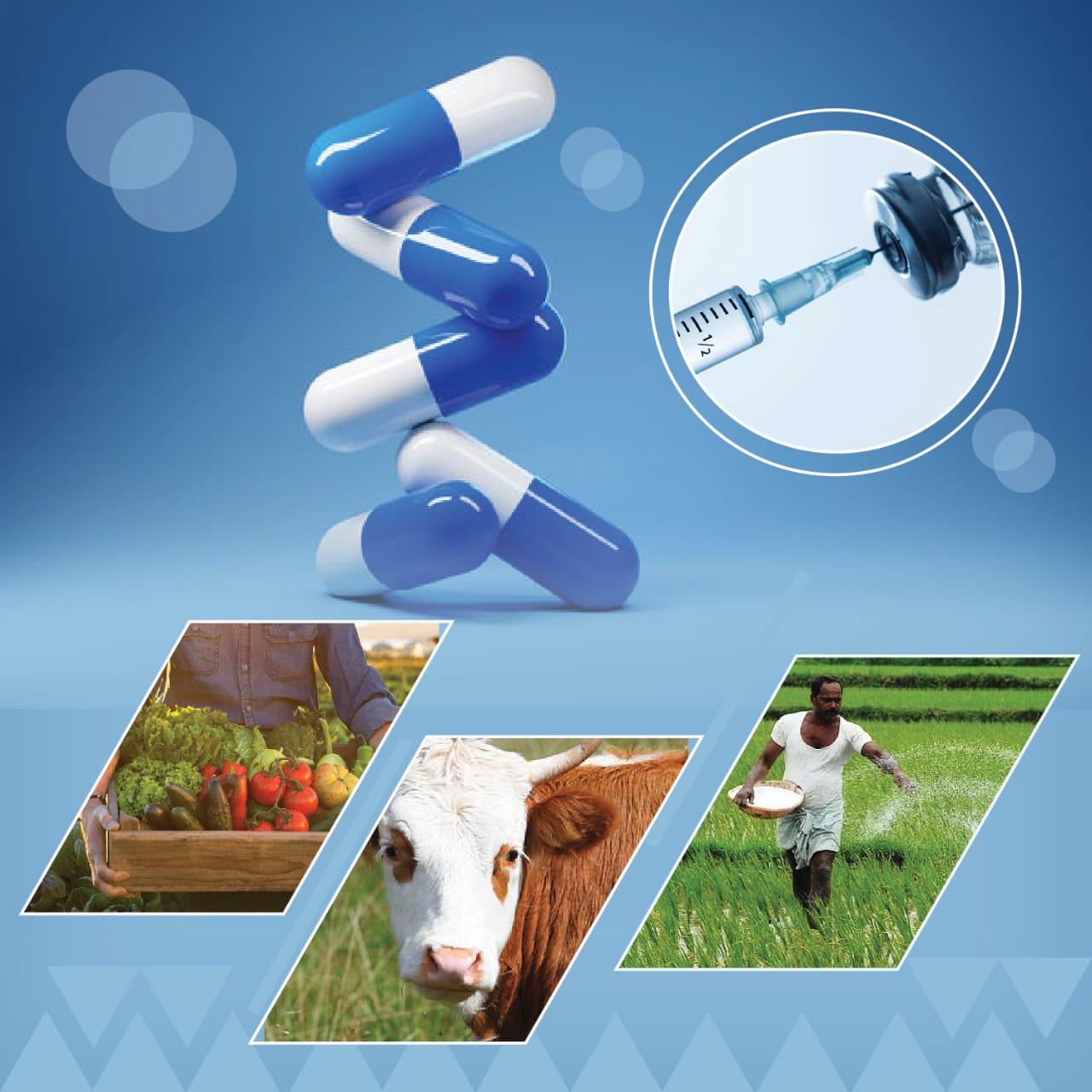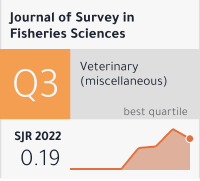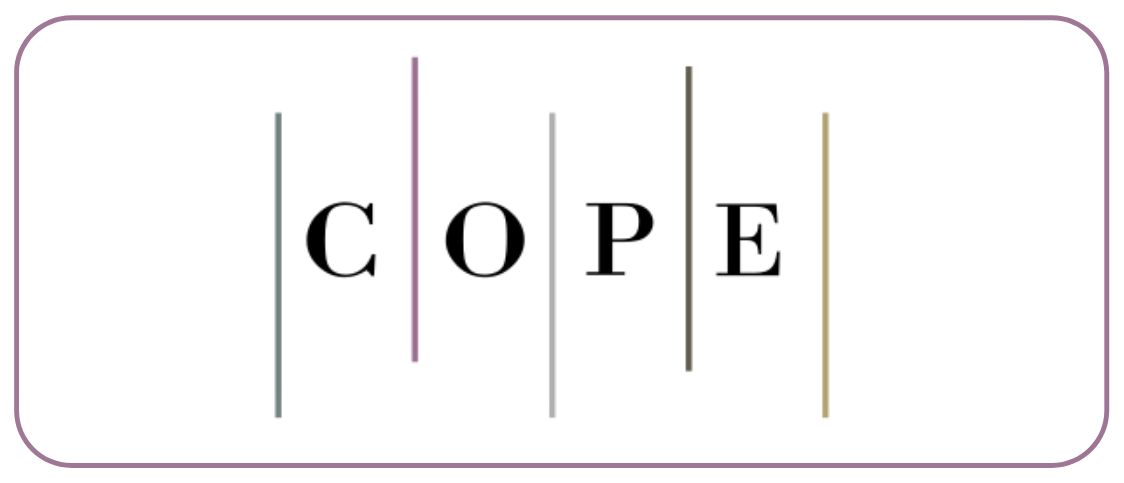Formulation and In Vitro Evaluation of a Ciprofloxacin-Loaded Liposomal Mucoadhesive Patch Using Aegle marmelos Gum for Localized Infection Control
DOI:
https://doi.org/10.53555/td2m5c58Abstract
Background: The rise of antibiotic resistance and biofilm-associated infections, particularly in mucosal tissues, necessitates novel drug delivery systems. This study aimed to develop and characterize an antibiotic-loaded liposomal mucoadhesive patch for sustained, localized infection control.
Methods: Ciprofloxacin-loaded liposomes were prepared using the thin-film hydration method and characterized for particle size, zeta potential, and encapsulation efficiency (%EE). These liposomes were then incorporated into a mucoadhesive patch formulated with Aegle marmelos (bael fruit) gum and a backing layer. The patches were evaluated for their physicochemical properties, including swelling index, surface pH, mucoadhesive strength, and in vitro drug release. Antimicrobial and antibiofilm activity was assessed in vitro against Staphylococcus aureus.
Hypothetical Results: The optimized liposomal formulation exhibited a mean particle size of 185.4 \pm 6.1 nm, a negative zeta potential of -28.2 \pm 2.5 mV, and a high encapsulation efficiency of 78.5 \pm 3.2\%. The mucoadhesive patch (F3) containing Aegle marmelos gum demonstrated a favorable swelling index, a non-irritating surface pH (6.7 ± 0.2), and strong mucoadhesive strength (> 6 hours retention ex vivo). In vitro drug release studies showed a sustained release profile, with 72.4\% of ciprofloxacin released over 12 hours, compared to a rapid burst from the non-liposomal patch. The liposomal patch showed a significantly larger zone of inhibition and a 65\% reduction in S. aureus biofilm biomass compared to the free drug.
Conclusion: The developed liposomal mucoadhesive patch combining the carrier properties of liposomes and the natural mucoadhesive polymer Aegle marmelos presents a promising platform for sustained, localized antibiotic delivery. This system has the potential to improve therapeutic outcomes for topical mucosal infections by overcoming biofilm resistance and reducing systemic toxicity.









